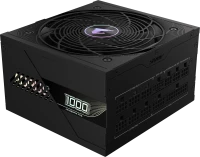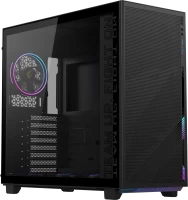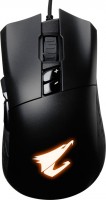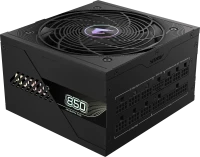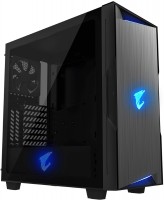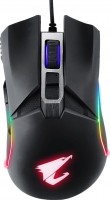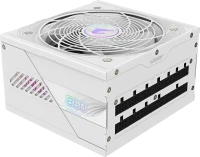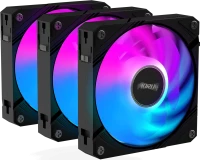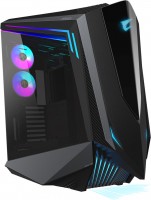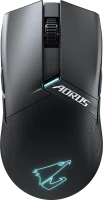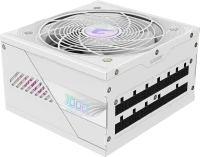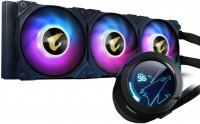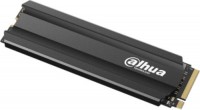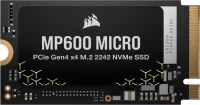Gigabyte AORUS Gen4 5000E AG450E1TB-G 1 TB
 | $93.54 Buy! GIGABYTE AORUS Gen4 5000E SSD 1024GB PCI-Express 40x4 NVMe 14 Sequential Read 5000 MB/s Sequential Write 4600 MB/s AG450E102Amazon.comDelivery: in USA Report |
Gigabyte AG450E1TB-G 500 GB1 TB | |||||||||||||||||||||||||||||||
| |||||||||||||||||||||||||||||||
The Host Memory Buffer (HMB) feature uses PCI Express DMA (Direct Memory Access), allowing SSDs to share a portion of the DRAM in the PC system, rather than requiring the SSD to have its own DRAM.
The information in the model description is for reference purposes.
Always clarify the specifications and configuration of the product with the online store manager before purchasing.
Catalog Gigabyte 2025 - new arrivals, bestsellers, and the most relevant models Gigabyte.
Always clarify the specifications and configuration of the product with the online store manager before purchasing.
Catalog Gigabyte 2025 - new arrivals, bestsellers, and the most relevant models Gigabyte.
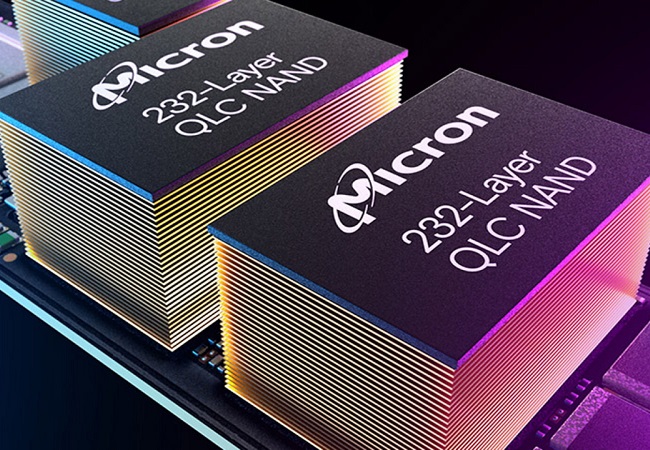
TLC, QLC, MLC, SLC: which type of drive memory is better?Important differences between the types of NAND memory TLC, QLC, MLC, SLC, which determine the scope of their use and development prospects

How to choose the right SSD?Choosing an SSD with the required speed and good reliability for home, work and gaming
Gigabyte AORUS Gen4 5000E AG450E1TB-G configurations
| Price for Gigabyte AORUS Gen4 5000E AG450E1TB-G | ||||
|---|---|---|---|---|
| Gigabyte AORUS Gen4 5000E AG450E500G-G 500 GB | from $68.49 | 1 offer | ||
| Gigabyte AORUS Gen4 5000E AG450E1TB-G 1 TB | from $93.54 | 1 offer | ||
We recommendCompare using chart →

